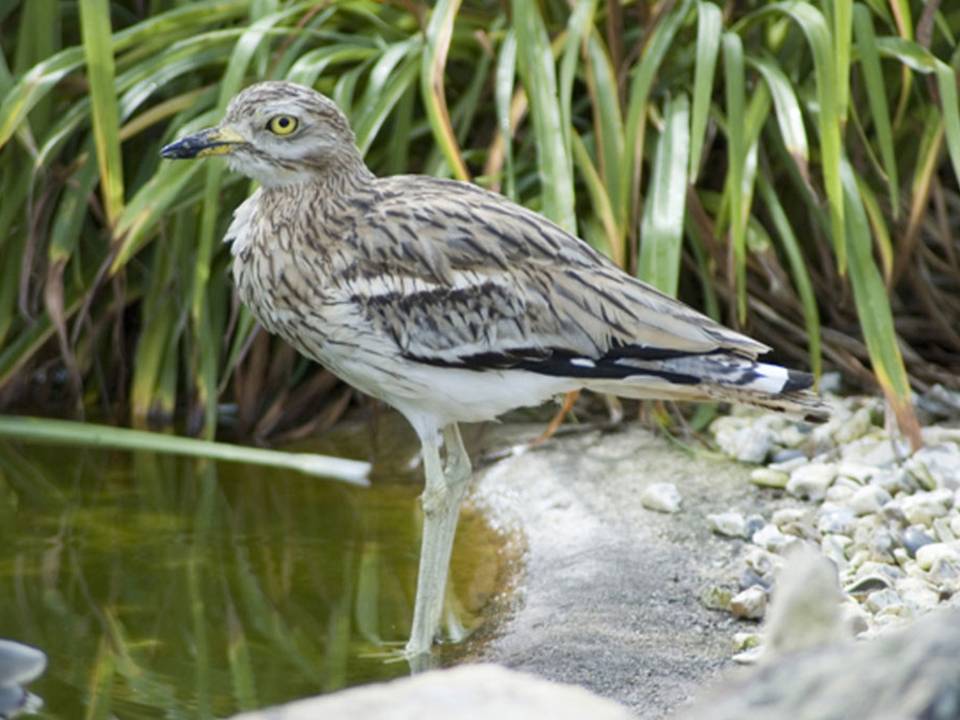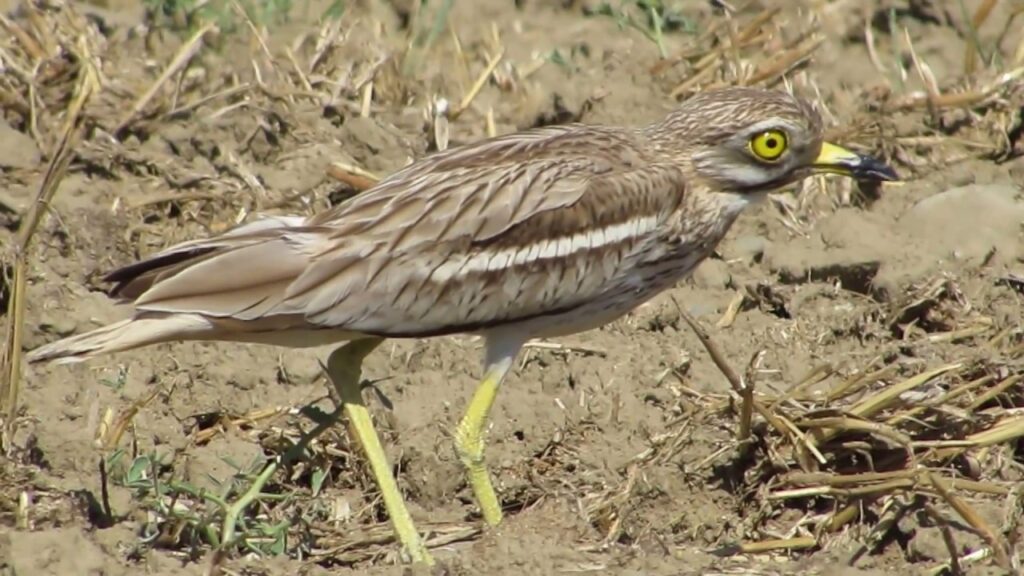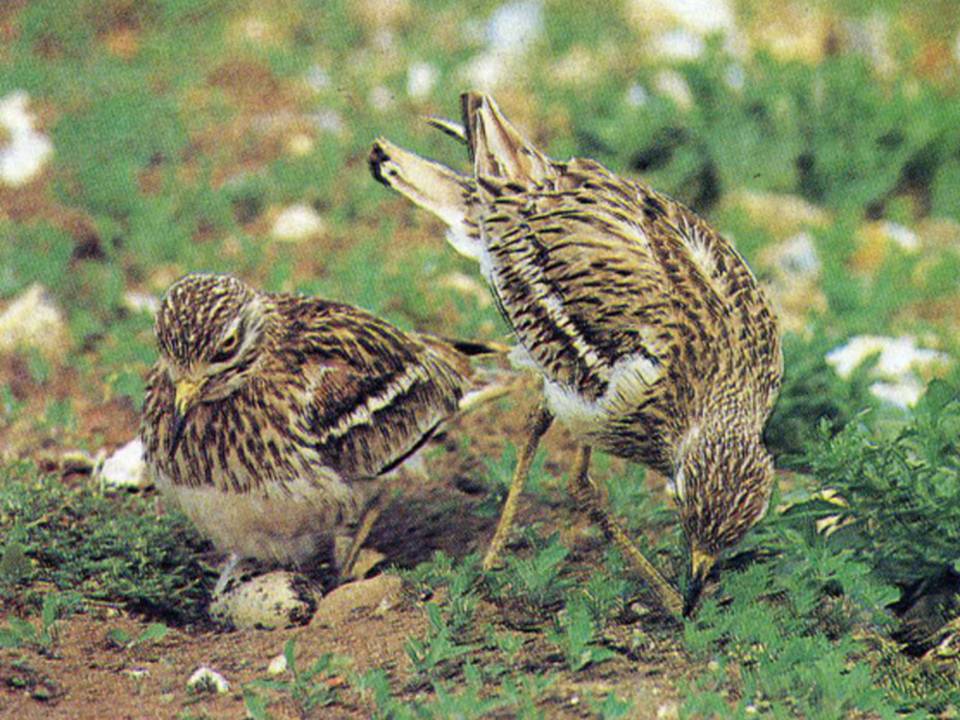The Troulouria Bird
The Troulouria bird, known scientifically as Sylvia melanothorax, is a remarkable species endemic to Cyprus. Birdwatchers and ornithologists consider it a gem due to its unique presence on this Mediterranean island. The Troulouria's distinct characteristics and behaviours make it a subject of fascination and study.
Physical Characteristics
The Troulouria bird stands out with its striking plumage. Males exhibit a predominantly black head, throat, and upper breast, creating a stark contrast against their white belly and greyish-brown back. Females, although less vivid, share the same overall pattern with muted tones. Both sexes have a slender build, long tail, and sharp beak, adapted for their insectivorous diet. These birds measure around 13-15 cm in length, with a wingspan of approximately 20-23 cm, making them medium-sized among their genus.

Habitat and Distribution
Cyprus offers the perfect habitat for the Troulouria bird. They thrive in open woodlands, scrublands, and areas with dense undergrowth. The endemic nature of this bird means you will only find it in Cyprus. While they predominantly inhabit the Troodos Mountains, sightings occur in other suitable habitats across the island. Seasonal migrations don't significantly impact the Troulouria population, as most remain within Cyprus throughout the year.
Behavior and Diet
The Troulouria bird exhibits fascinating behaviours that attract bird enthusiasts. During the breeding season, males perform elaborate displays to attract females. They sing melodious songs and flaunt their plumage, establishing territories and deterring rivals. Nesting typically occurs between April and June. Pairs build nests using twigs, grass, and other plant materials, usually placing them in dense bushes or low trees.
In terms of diet, Troulouria birds primarily consume insects. They hunt by foraging through foliage and capturing prey with their sharp beaks. Common dietary items include beetles, caterpillars, and spiders. Occasionally, they supplement their diet with berries and small fruits, especially during the winter months when insects become scarce.

Conservation Status
The Troulouria bird, although not currently endangered, faces several threats that could impact its population. Habitat loss due to urbanization and agricultural expansion poses the most significant risk. Conservation efforts focus on preserving the natural habitats of Cyprus to ensure the Troulouria and other endemic species thrive. Environmental organizations and local authorities collaborate to implement protective measures and raise awareness about the importance of biodiversity.
Cultural Significance
The Troulouria bird holds a special place in Cypriot culture. Locals view it as a symbol of natural beauty and resilience. Folklore and traditional songs often mention the Troulouria, celebrating its presence and significance on the island. Birdwatching tours frequently include stops to observe these birds, promoting eco-tourism and fostering a deeper appreciation for Cyprus's natural heritage.
Research and Observation
Ongoing research continues to reveal more about the Troulouria bird's habits and ecology. Ornithologists conduct field studies to monitor populations, track movements, and understand their interactions with the environment. Advances in technology, such as GPS tagging and remote sensing, provide valuable data that aids in conservation efforts.
Birdwatchers visiting Cyprus often prioritize spotting the Troulouria bird. National parks and nature

reserves, such as the Troodos National Forest Park, offer excellent opportunities for observation. Early mornings and late afternoons, when these birds are most active, provide the best chances for sightings.
Conclusion
The Troulouria bird of Cyprus stands as a testament to the island's rich biodiversity. Its unique characteristics, behaviours, and cultural significance make it a cherished species among locals and visitors alike. Protecting its habitat and ensuring its continued presence requires collective efforts from conservationists, researchers, and the general public. By valuing and preserving the natural environment, Cyprus can maintain the delicate balance that allows the Troulouria and other endemic species to flourish.


